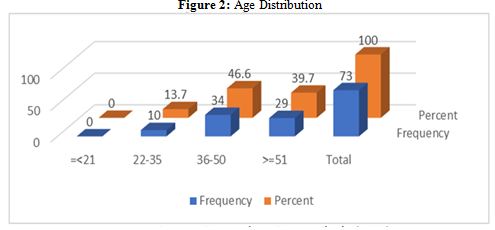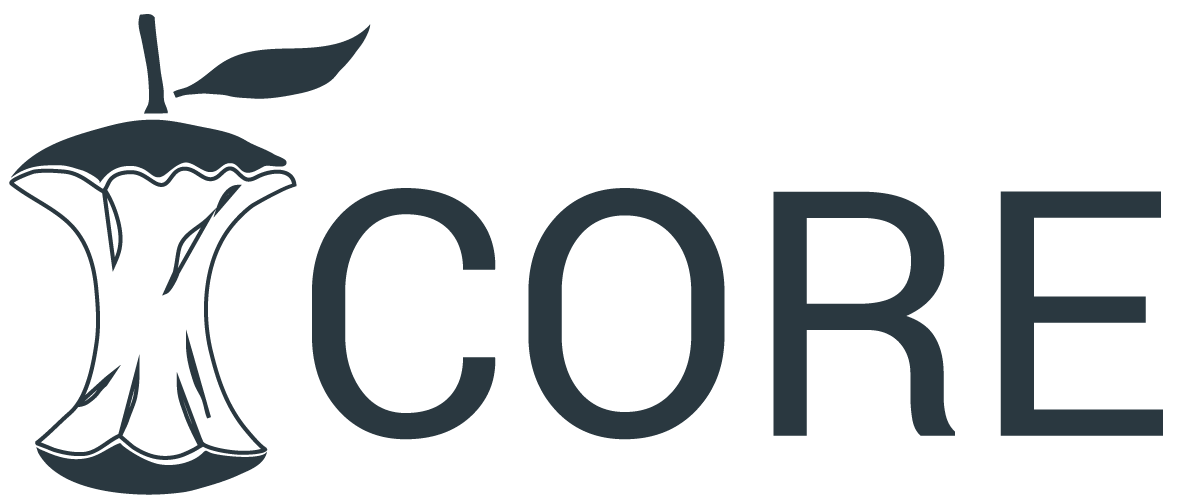An Examination of the Impediments to Profitability of Smallholder Dairy Farmers in Palabana Dairy Cooperative
DOI:
https://doi.org/10.5281/zenodo.10955817Keywords:
smallholder dairy farmer, profitability, socio-economic factors, production cost, production method, constraintsAbstract
Smallholder dairy farming holds critical importance in most developing economies, Zambia included, as it contributes significantly to livelihoods through food security, income, and employment opportunities. The research aimed to identify and examine the factors constraining the profitability of smallholder dairy farm operations in Palabana dairy cooperative. The study used the mixed method approach and the two-stage sampling procedure which included purposive sampling procedure and simple random sampling to collect data by utilizing closed and open-ended questionnaires from 73 smallholder dairy farmers. The data was analyzed using descriptive statistics and regression methods. The majority of the smallholder dairy farmers were males (67.1%), possessed tertiary education (79.5%) with vast dairy farming experience of 16 years and above (39.7%), and had an age distribution of 36-50 years skewed towards the middle-aged to elderly (46.6%). Slightly above half of the respondents (56.2%) practiced livestock farming only, and the majority (60.3%) boasted of having attended livestock training. The study revealed that socio-economic factors, production costs and production methods had a significant impact (p = .001) on the profitability of the dairy farming business and they explained 61.2% of the change in dairy farming profitability. Using the Likert scale measurement, the key constraints to dairy farming profitability identified under socio-economic factors (p = .023) included; not enough grazing land, lack of access to credit facilities and nonparticipation in milk price determination. The constraints under production costs (p = .000) were the high cost of feed, the cost of breeding (artificial insemination) and the cost of disease prevention and control. For the items under Production methods (p = .031), the key challenges identified with high ratings included low knowledge of best husbandry practices and poor breeding methods. Based on the findings of the study, the research strongly recommends that farmers lease nearby farmlands to deal with the shortage of grazing land, Government and financial institutions to come up with various credit packages with reduced interest rates tailored for smallholder dairy farmers, smallholder dairy farmers to form organized unions to enable them bargain for better milk prices, the cooperative to organize targeted training and capacity building programs where demonstration farms will be established to showcase the best husbandry practices and farmers to engage more in mixed farming methods which will enable them grow own fodder thus reduce feed expense.
Downloads
References
Adigun, G. T., Osakede, U. A., Olakanmi, O. A., & Dick-Tonye, A. O. (2023). IOP Conf. Ser.: Earth Environ. Sci. 1219 012025.
Agricultural Consultative Forum. (2012). Agricultural consultative forum. Performance and Competitiveness of the Dairy Value Chain in Zambia, 1.
Birachi, E. (2006). Determinants of coordination and supply chain performance the case of fresh milk supply chains in Kenya. PhD Dissertation, Department of Agricultural Economics of the University of Kiel, Germany.
Dianne, S., Polson J, Oelker E., & Gary, S. (2008). 15 measures of profitability in the dairy sector dairy excel. USA.
Duguma, B. (2022). Farmers’ perceptions of major challenges to smallholder dairy farming in selected towns of Jimma Zone, Oromia Regional State, Ethiopia: Possible influences, impacts, coping strategies and support required.
Hailemariam, E. S., Biruh, T. T., & Demeke, E. H. (2022). Husbandry practices and constraints of smallholder dairy production in Dilla Zuriya district, Gedeo Zone, Ethiopia.
Hofer, A. (2015). Smallscale dairy farming in Zambia. Faculty of Veterinary Medicine and Animal Science.
International Finance Corporation (IFC). (2014). Access to finance for smallholder farmers: Learning from the experiences of microfinance institutions in Latin America. World Bank.
Kainda, S. (2019). Assessment of the performance of small-scale dairy farming in Meru county, Kenya. MA Dissertation, Kenyatta University.
Kawambwa, P., Hendriksen, G., Zandonda, E., & Wanga, L. (2014). Business viability assessment study of vsmallholder dairy farming in Zambia. Wageningen, Alterra Wageningen UR (University & Research centre), Alterra Report.
Khapayi, M., & Celliers, P.R. (2016). Factors limiting and preventing emerging farmers to progress to commercial agricultural farming in the King William’s town area of the Eastern Cape Province, South Africa. South African Journal of Agricultural Extension, 44(1), 25-41.
Kinambuga, D. (2010). Evaluation of the constraints to profitable smallholder dairying: A case of nakuru county, Kenya. Master’s Thesis, Egerton University.
Louw, J.M.A. (2013). Challenges of the dairy industry in Southern Africa (Masters Dissertation). University of Stellenbosch.
Luyombya, B. (2014). Farmers’ training and its influence on adoption of improved dairy husbandry practices in Arumeru district. MSC Dissertation, Sokoine University, pp. 23.
Meissner, H.H., Scholtz, M.M., & Palmer, A.R. (2013). Sustainability of the South African livestock sector towards 2050 Part 1: Worth and impact of the sector. South African Journal of Animal Science, 43(3), 282-297.
Mugweni, L. T. (2014). The economic viability of small-scale dairy farming in Zimbabwe: A case study of marirangwe and chikwaka. s.l.: Master’s Thesis, University of Zimbabwe.
Mumba, C., Samui, K. L., Pandey, G. S., & Tembo, G. (2012). Econometric analysis of the socio-economic factors affecting the profitability of smallholder dairy farming in Zambia. Livestock Research for Rural Development, 24.
Musitini, T., & Muroiwa, A.M.J. (2019). Market access and extent of commercialization among the smallholder dairy farmers in Zimbabwe. Journal of Economics and Sustainable Development, 10(8), 102-110.
Nilsson, A., & Chuzu, P. (2020). Project review of the dairy association of Zambia digital information management system. Lusaka: Nordic Morning.
Nyekanyeka, T. (2011). Analysis of profitability and efficiency of improved and local smallholder dairy production: Case of Lilongwe milk shed area. s.l.: Master’s Thesis, University of Malawi.
Obi, A., van Schalkwyk, H.D., & van Tilburg, A. (2012). Market access, poverty alleviation and socio-economic sustainability in South Africa. In: H.D. van Schalkwyk, A. Obi, A., A.V. Tilburg & G. Fraser (Eds.), Unlocking markets to smallholders: Lessons from South Africa, pp. 13-33. Wageningen Academic Publishers, Wageningen.
Ojango, J., Rege, E., Chagunda, M., & Kugonza, D. (2017). Improving smallholder dairy farming in Africa.
Sanyal, R. (2019). Profit Theory 1.
Sichilima, T., Hadunka, P., & Chanda, J. (2017). The status of smallholder dairy markets and farmers’ perceptions of formal markets in western province.
Svinicki, M. (2010). A guidebook on conceptual frameworks for research in engineering education. Rigorous Research in Engineering Education.
Swinnen, J., & Kuijpers, R. (2020). Inclusive value chains to accelerate poverty reduction in Africa. World Bank.
Wainaina, A.W. (2013). The challenges facing dairy farmers in Kenya: A case of Kiambu County (Doctoral Dissertation). United States International University-Africa.
Wiggins, S., & Keats, S. (2013). Leaping and learning: Linking smallholders to markets in Africa. London: Agriculture for Impact, Imperial College London.
World Bank. (2020). The African livestock sector: A review of key features and performance. s.l.: s.n.

Downloads
Published
How to Cite
Issue
Section
License
Copyright (c) 2024 Chivunda Kapende, Dr. Euston Kapotwe

This work is licensed under a Creative Commons Attribution 4.0 International License.
Research Articles in 'Management Journal for Advanced Research' are Open Access articles published under the Creative Commons CC BY License Creative Commons Attribution 4.0 International License http://creativecommons.org/licenses/by/4.0/. This license allows you to share – copy and redistribute the material in any medium or format. Adapt – remix, transform, and build upon the material for any purpose, even commercially.









